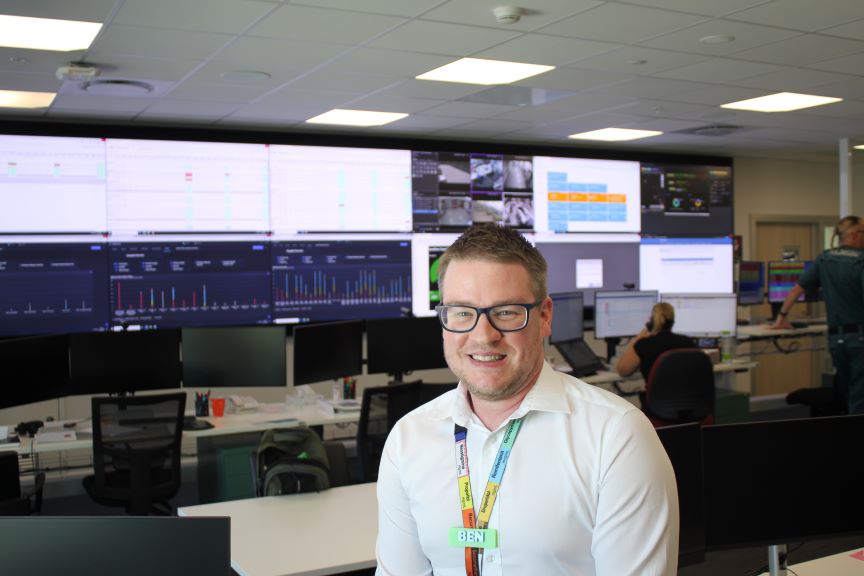
Have you ever wondered how hospital staff know how many beds are free at any time, or how they prepare for an influx of patients after an emergency?
We’re taking a look at the technology, people and systems that work behind the scenes around the clock at Sunshine Coast University Hospital, to keep everything running smoothly.
SCUH, like many major hospitals across the state, has an on-site Command Centre which can track patient numbers as they fluctuate, such as when a bed is taken, or another vacated.
The Command Centre evolved from SCUH’s original Patient Access Coordination Hub (or ‘PACH’ as everyone called it), to include a mix of staff with skills that ensure the team provide safe access to care for their whole community.
The Command Centre is trialling initiatives that are aimed at continually improving the health journeys of their local community from the moment their health journey starts in hospital and in many cases before a person reaches hospital through collaboration with health partners.
The SCUH team work closely alongside the Queensland Ambulance Service who are co-located in the Command Centre, hospital teams can prepare how they will respond to an increase in patients after major incidents, such as car crashes and natural disasters.
The data flows in real-time and is monitored 24/7 so that every part of the machine that makes a hospital function is doing so to its full capacity.
It not only means hospital staff are better prepared for the number and types of patients that come through their doors every day, but they can also keep across demands on services so that when a patient turns up to the emergency department, they’ve got them covered.
The Command Centre is staffed by people with high levels of clinical and logistical experience, which means they are across what is required for each patient, and other patients that are enroute via ambulance.
It allows a complete overall view of bed demand, capacity and patient flow.
Clinical Nurse Consultant Benjamin Lane has worked in the centre since it went online in 2017 and has seen the centre grow considerably in that time.
“From this one centre or hub we can monitor patient flows at Sunshine Coast University Hospital, plus hospitals in Nambour, Maleny, Gympie and Caloundra, so from this one location we can monitor all movements and demand at the same time,” Ben said.
“The clinical nurse consultants have the experience to get that overarching view of the Hospital and Health Services, working alongside the Queensland Ambulance Service, they can escalate jobs, especially when time-critical factors come into play.
“An example is if there is a large motor vehicle incident, we will be in touch with the paramedics who are on their way. We can then ensure we have the right resources ready to go when that patient arrives at their destination, whether it’s the emergency department or intensive care unit. Being able to see how many patients are in those departments at the same time allows staff to prepare and manage patients in real-time.”
One of the other advantages is that hospitals can plan ahead for how many patients are expected on each day. Using historical data, the team within the Command Centre can get a good idea of how many patients have presented at the same time of year in past years.
“While it is never exact, as unexpected events can always happen, we can see what the peak times of year are and allocate staff and resources to deal with those peaks,” Ben added.
“For example, we see a lot more people in ED in school holidays, and that’s because more people are out and about, along with all the holidaymakers that come up to the Sunshine Coast. All those pieces of data allow us to collate plans to deal with peak demands on the services that the hospital provides.”
The Command Centre is also home to the Disaster Management Team, which prepares for health responses to natural disasters and is ready to spring into action if one occurs.
“This could include floods, bushfires, severe storms…all those events that we usually get in Queensland over a year.
“These systems ultimately mean that when someone turns up for treatment, we have a whole of hospital approach in place to manage that patient and get them the healthcare they need as fast as possible.”